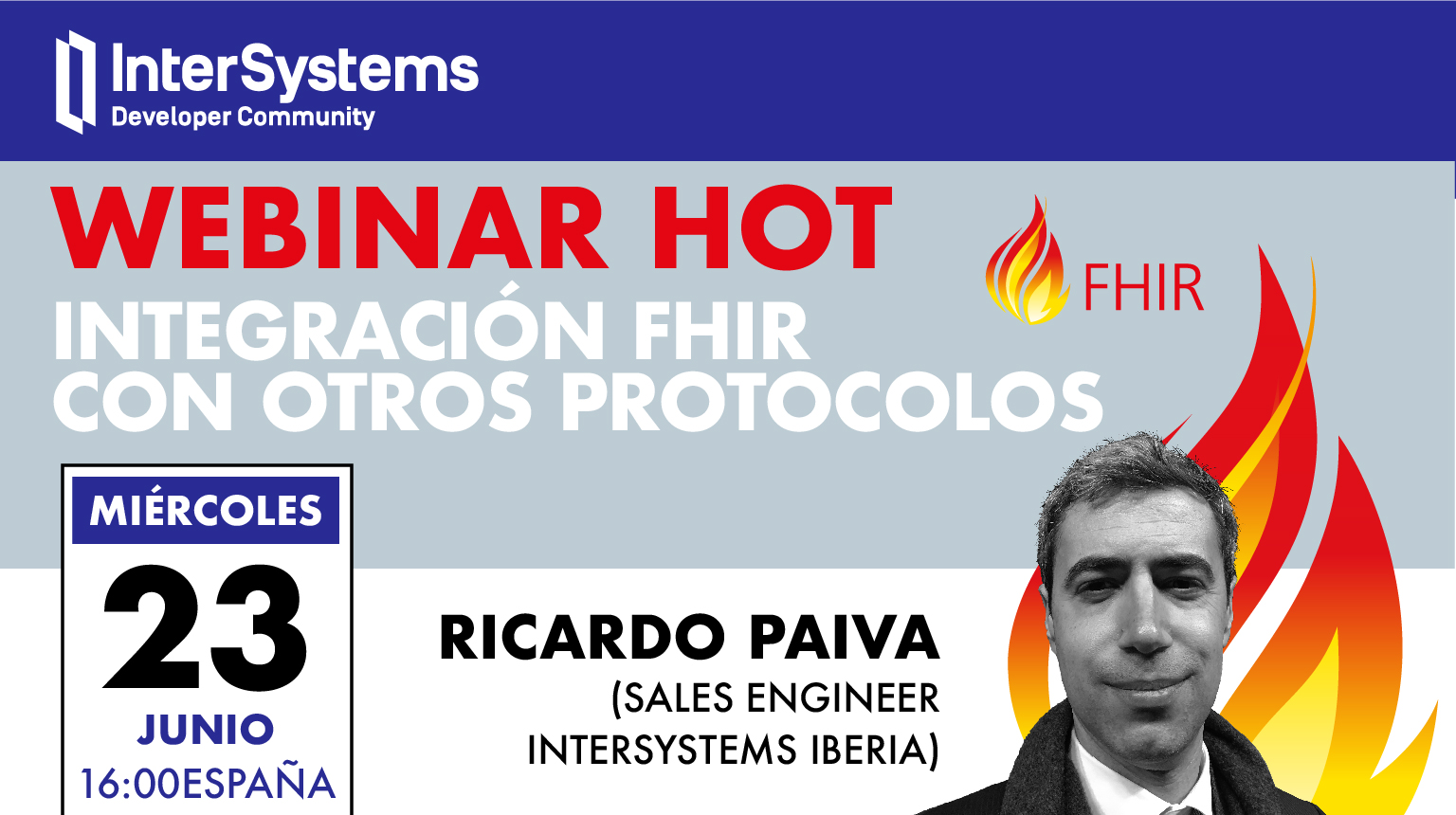I have just started working on cache and I am trying to push code from a tfs repo to a cache server namespace. I know that from you vscode you just can compile and that would reach the namespace. But I want this process to be automated , like a ci/cd pipeline that gets triggered only from a kube container. Is there any documentation which I can follow. We are still using cache not IRIS
InterSystems Developer Community is a community of
25,508 amazing developers
We're a place where InterSystems IRIS programmers learn and share, stay up-to-date, grow together and have fun!

.png)
.png)

 339
339

.png)